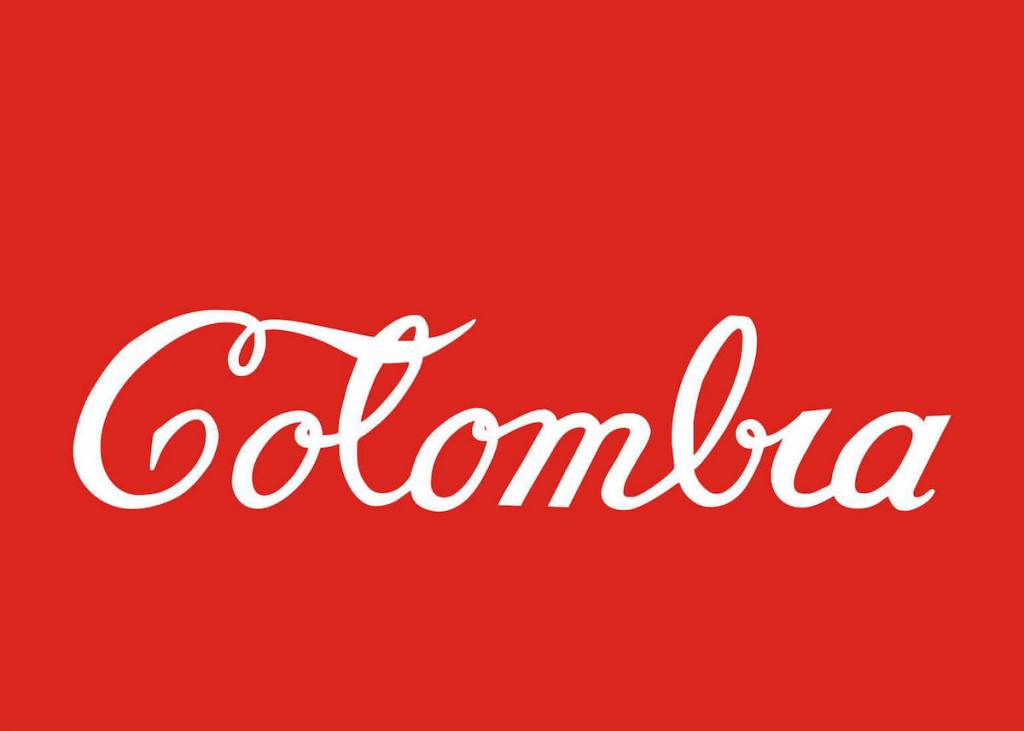ART WORLD NEWS
Antonio Caro, Colombia’s Greatest Conceptual Artist, Has Died at 71
Antonio Caro, a Colombian artist whose work acerbically critiqued commercialism in his home country, has died at 71. Bogotá’s Casas Riegner gallery, which represents the artist, announced the news on social media, calling him “one of the talents most representative of Columbian art from the seventies to the present.” The Bogotá-based outlet the City Paper reported that he died of heart failure.
Caro is best known for his paintings riffing on the Coca-Cola logo, replacing the famed soda company’s name with the word “Colombia.” In these works, the looping letters are situated against monochromatic backgrounds, though in one painting owned by Tate in London, Caro sets the word against the colors of the Colombian flag, making the political context for the Coca-Cola pieces explicit. With paintings such as these, Caro showed that capitalism from the U.S. was effectively being imported into Colombia.
Related Articles
Many have included Caro in the history of conceptual art, which marked a turn away from aesthetics, toward ideas about what art is and that questioned its methods of presentation. He was included in the landmark 1999 show “Global Conceptualism” at the Queens Museum in New York, where his art was shown alongside works by Yves Klein, Jan Dibbets, Yoko Ono, Hélio Oiticica, the Hi-Red Center, and more.
Artist Luis Camnitzer, who acted as a lead curator on that exhibition, wrote in 1995 that Caro could be situated “within the artistic trend that since the 1960s is known as conceptualism. But he also fits within something broader and more important culturally. Caro is in a very particular way a visual guerrilla.”
Born in 1950 in Bogotá, where he was based for the entirety of his career, Caro was also known for works such as Aquí no cabe el arte (Art Does Not Fit Here), from 1972, in which he wrote the names of members of the Guahibo community and university students who were killed by police during protests.
“People think that art is something mystical, something outside of the everyday,” Caro once said. “There are people that assign it metaphysical, transcendental value. Not me. I think of art as a way of seeing.”











